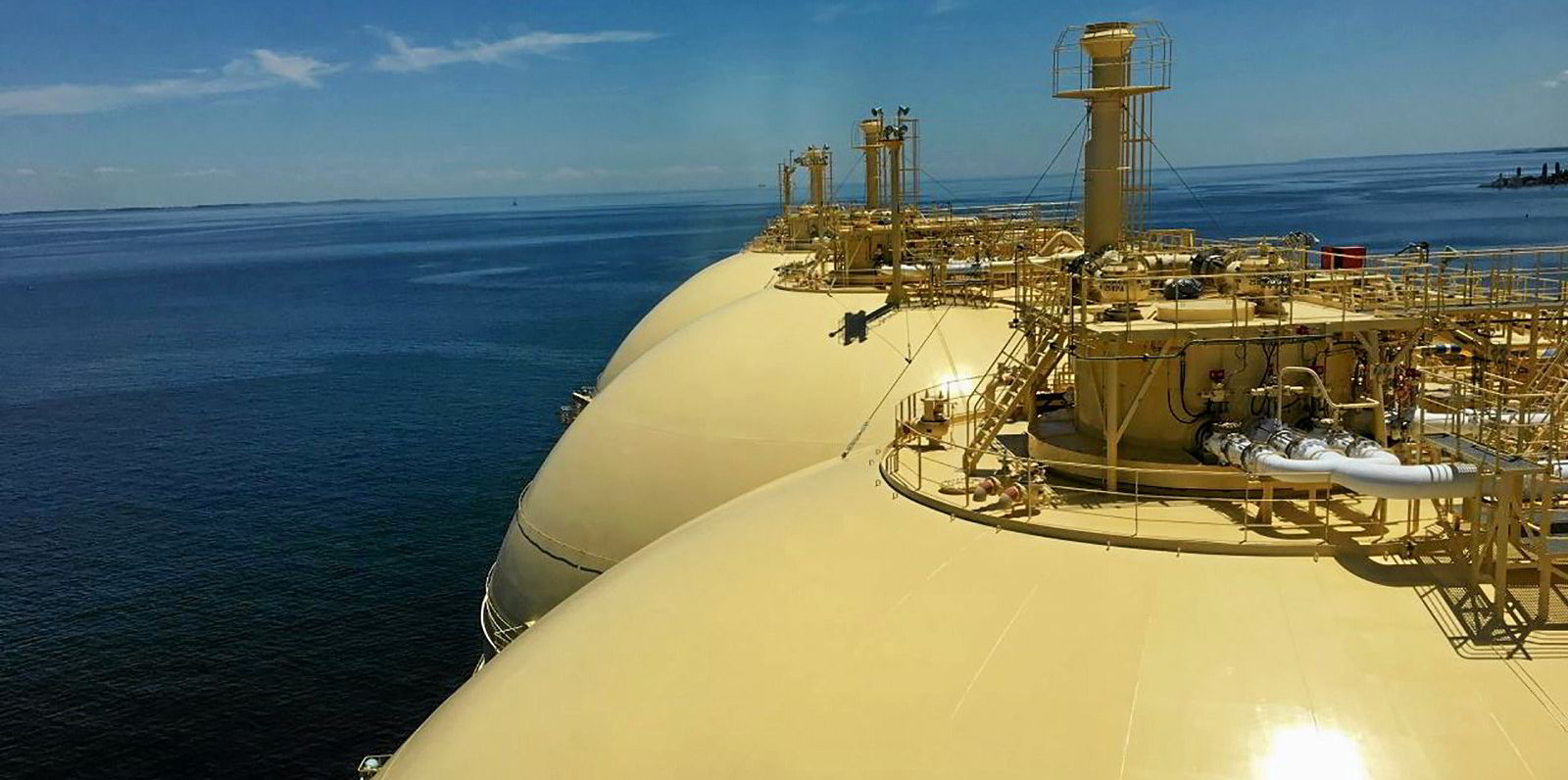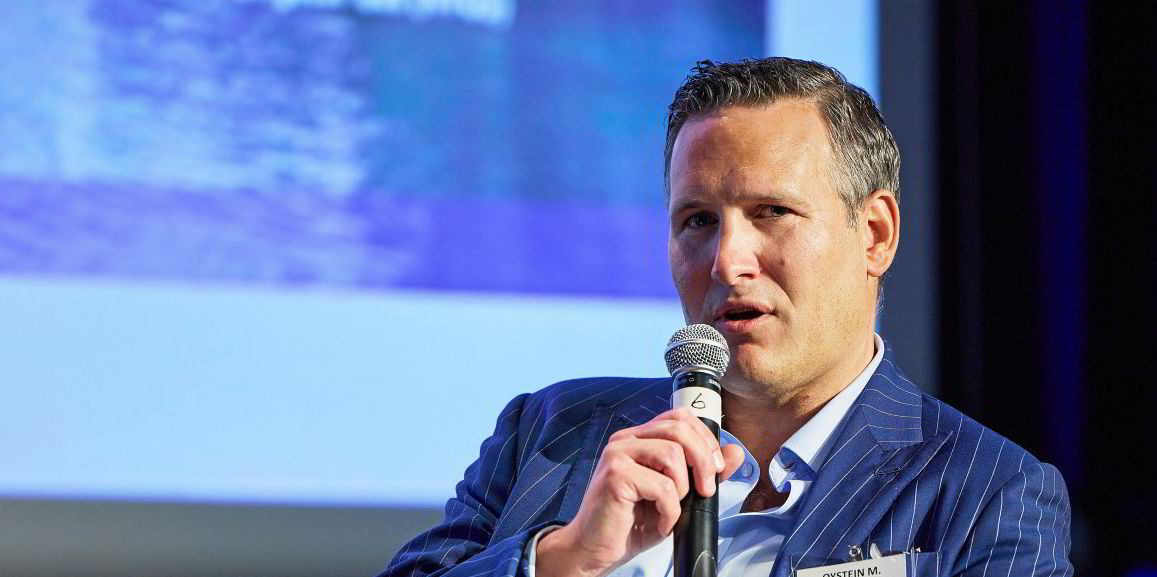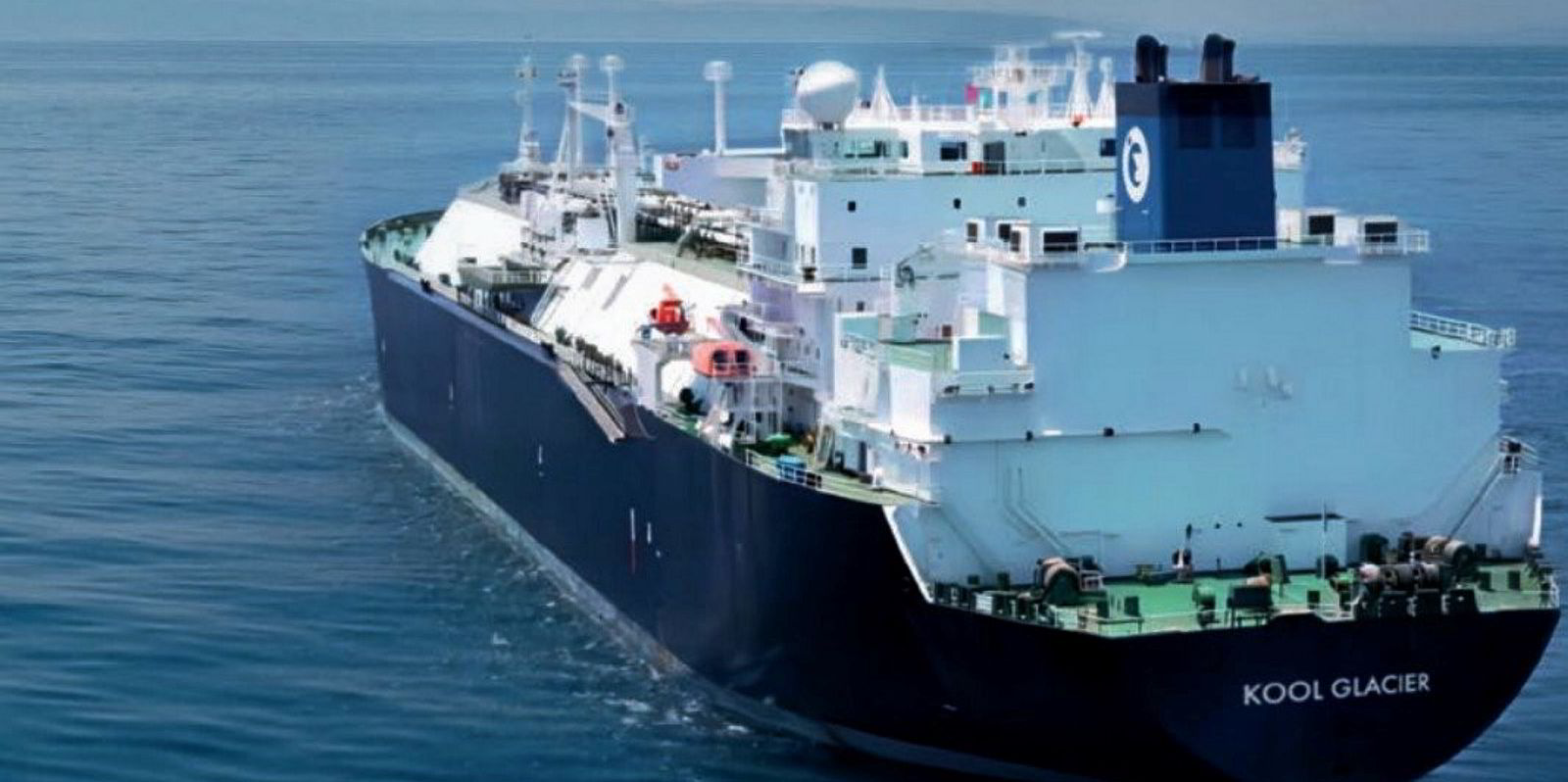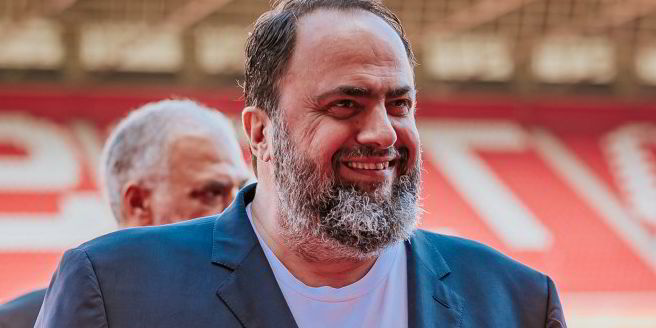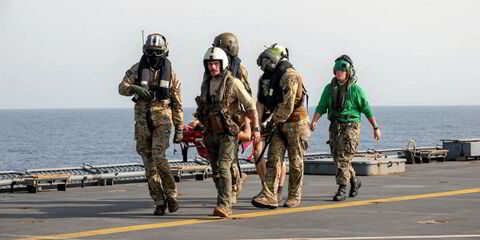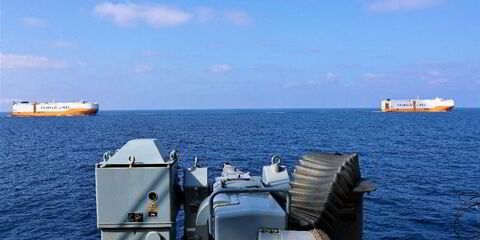Shipowner Flex LNG believes the secondhand buying activity seen on LNG carriers recently could signal the build-up of a “dark fleet” that could be used to ship Russian cargoes.
Speaking on a first-quarter results briefing, chief executive Oystein Kalleklev said: “We do think that the Russians are planning to do something similar to what we have seen on the oil and petroleum side.”
He said this would involve soaking up some of the steam turbine LNG tonnage that otherwise would have been scrapped.
“This could potentially be the start of an LNG dark fleet,” he added.
Kalleklev said the US was the largest LNG exporter in the first quarter, shipping out 29m tonnes, followed by Qatar and Australia, with Russia in fourth place.
Along with questions about the trade bottlenecks for the Suez and Panama canals, Russian LNG is the other recurring question the company gets asked.
Kalleklev said Russian LNG exports remain “a bit uncertain”, particularly with the discussions in Europe about limiting or banning Russian imports.
But he said if Europe does not take Russian LNG, other nations such as Brazil, India, China and South Africa will, although this will involve longer shipping distances and require more ship-to-ship activities.
He said Russia is limited by its shortage of ice-breaking LNG tonnage and Western sanctions, which are slowing the start-up of its Arctic LNG 2 project.
But he added: “We do not expect any shut-in of Russian LNG.”
Touching on the market, Kalleklev said prices have come down from their peaks in August 2022, when they touched $100 per MMBtu, to stabilise at around $11 to $12 per MMBtu.
He said currently spot LNG is cheaper than term volumes.
Demand is more subdued in Europe, with the lower prices driving buying interest in Asia and lengthening shipping distances.
Jon Bon Jovi fan Kalleklev described European buyers as “living on a prayer” with their preference for spot cargoes — a reference to the rock god’s hit from 1986.
On shipping, Kalleklev said five-year charter rates are currently lower than those for 10 years.
He said the whole rate curve is in contango, given the near-term weakness in the spot market, and is driven by the large haul of incoming newbuilding deliveries.
The company believes more steam turbine vessels will be scrapped from the end of 2025 and into 2026 and 2027 onwards, which will help rebalance the market while also chiming with when Flex will have open tonnage.
As on almost all its results calls, Flex was asked about how it plans to spend its cash.
Kalleklev said there had been very few tenders for LNG newbuildings.
He flagged up the high price of new vessels at $260m, which would rise to between $280m and $285m on the long lead times of four years, high interest rates and supervision costs.
These prices would require charter rates of more than $100,000 per day.
Instead of competing in tenders, he said the company would rather offer in its existing ships.
He admitted the company does look at secondhand tonnage, although so far it has not been successful.
But he added: “Being successful bidding on buying ships is really about having the highest bid. But that doesn’t necessarily make it successful if you win.”
He said if the company is buying ships, it does not want to negatively affect its dividend payments.
Flex released its 2023 environmental, social and governance report on Tuesday, which detailed that:
- The company’s 13-vessel LNG carrier fleet logged an average Carbon Intensity Indicator score of B
- Flex reported Scope 1 greenhouse gas emissions of 745,186 tonnes last year, down from 800,461 tonnes in 2022
- Its average efficiency ratio, measured as grams of CO2 per deadweight tonne-nautical mile, fell to 6.04 from 6.35 in 2022
- During the year, Flex completed a Scope 3 emissions baseline study to understand the emissions in its upstream and downstream value chain
- In 2024, it plans to “formalise procedures for the collection of precise data with key stakeholders” to help align with the requirements of the European Sustainability Reporting Standard
- Flex set a target last year to ensure that 100% of seafarers were covered by collective bargaining agreements

